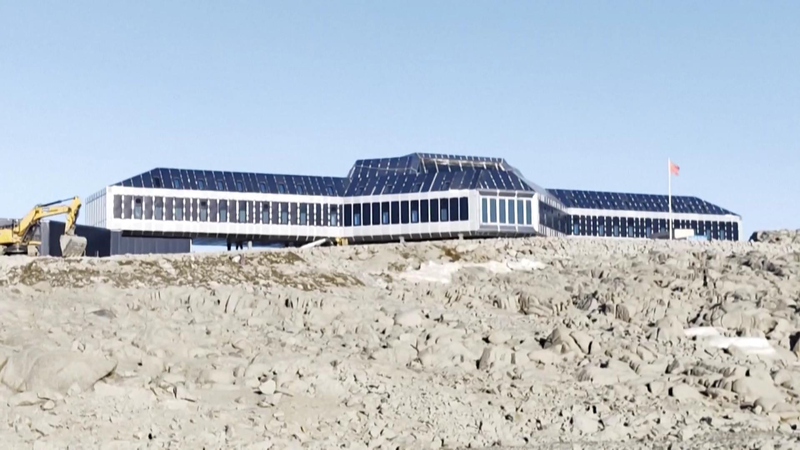In a groundbreaking twist to polar exploration, China is rewriting the energy playbook in one of Earth’s most extreme environments! At its newest research hub, Qinling Station, which began operations in February 2024, China has activated a state-of-the-art hybrid power system that uses over 60% clean energy. ⚡🌱
Unlike most Antarctic research stations that rely on over 90% fossil fuels, Qinling Station’s innovative approach ensures that essential research equipment and living facilities can keep running—even offering about 2.5 hours of backup power when natural energy sources drop. Sun Hongbin, a leading polar energy scientist at the Polar Research Institute of China, highlighted these key breakthroughs in polar energy tech as vital for driving sustainable science in harsh climates.
The station is also at the forefront of a broader initiative: a 12-year roadmap for clean energy utilization in the region, developed in collaboration with top research institutions. Kim Yea-dong, former president of the Scientific Committee on Antarctic Research, emphasized that by progressively integrating solar, wind, and hydrogen systems, China not only ensures a stable supply of energy but also sets a powerful example for low-carbon operations in polar regions.
This stride in renewable energy isn’t just about technology—it’s a bold step toward a more sustainable future that resonates with global environmental goals. For young tech enthusiasts and budding professionals eyeing innovative, eco-friendly trends, Qinling Station stands as a reminder that even in the coldest corners of the world, green energy is sparking new life. 😎🌏
Reference(s):
China leads green energy transition in Antarctic exploration
cgtn.com




